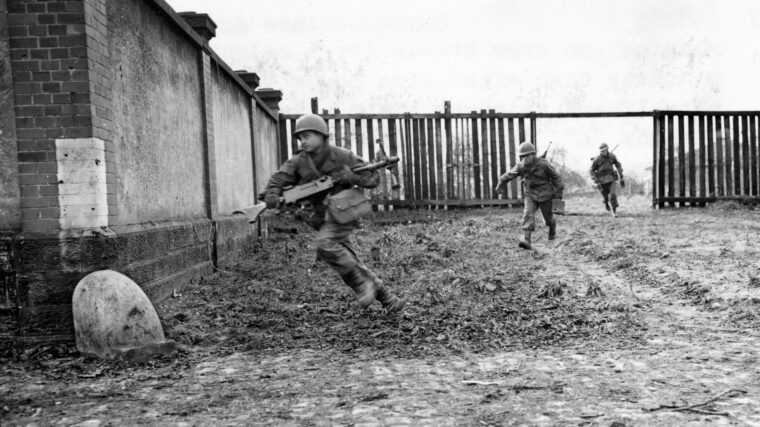
European Theater
The Path of Heroism
By Stephen J. Ochs, PHDOn the morning of April 18, 1945, amid street fighting in rubble-strewn Nuremberg, Germany, 20-year-old U.S. Read more
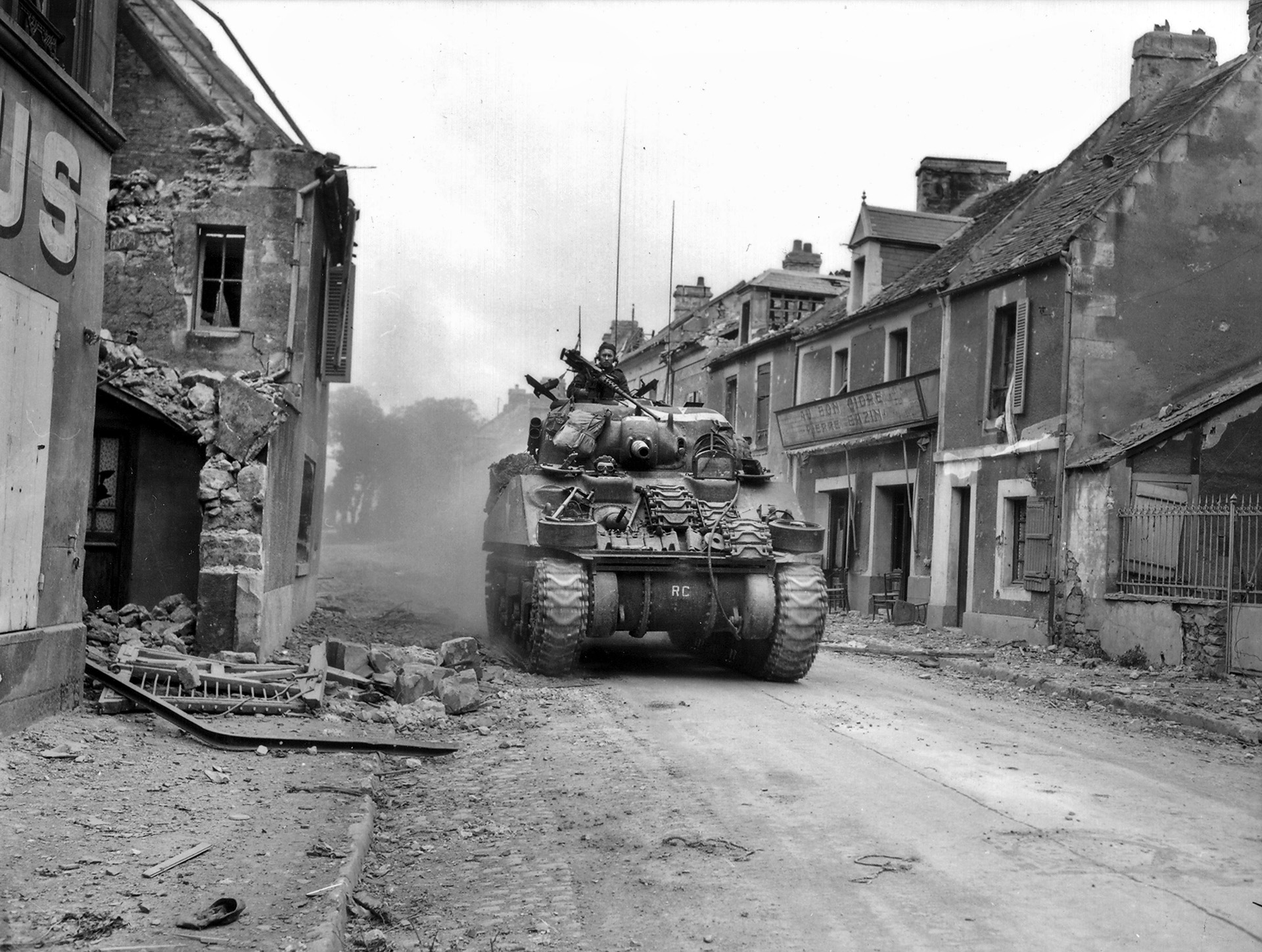
The European Theater of Operations (ETO) during World War II is generally regarded as the area of military confrontation between the Allied powers and Nazi Germany and Fascist Italy. The European Theater encompassed the Atlantic, Mediterranean, Eastern Front, Western Front, and Arctic areas of operation.

European Theater
On the morning of April 18, 1945, amid street fighting in rubble-strewn Nuremberg, Germany, 20-year-old U.S. Read more
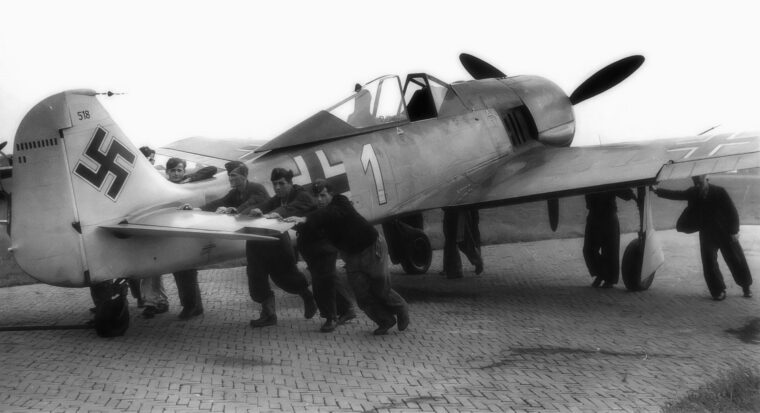
European Theater
It was November 1, 1944. I, Feldwebel (Technical Sergeant) Gustav Jack Lothar Carl Herbert Julius Hans Jergen Hildebrandt von Lengerke (aka “Jack” Hildebrandt), had just completed a successful strafing run against British General Bernard “Monty” Montgomery’s advancing army along the southern end of the Dutch-Belgian border. Read more
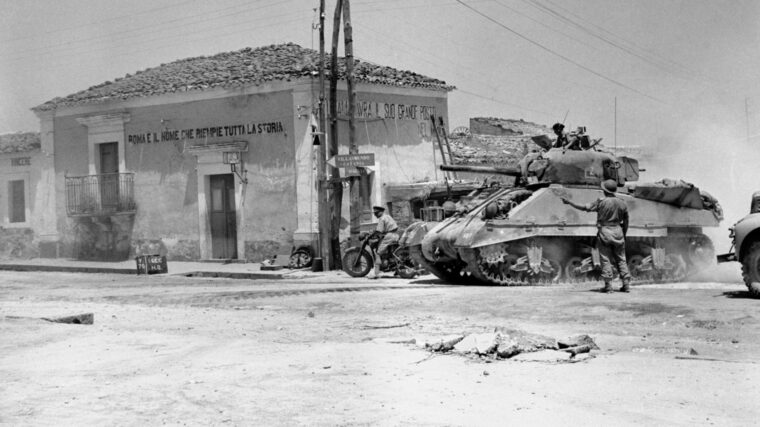
European Theater
‘‘As I floated down, the whole dropping zone seemed to be on fire; tracer bullets had set the tinder-dry stubble alight. Read more
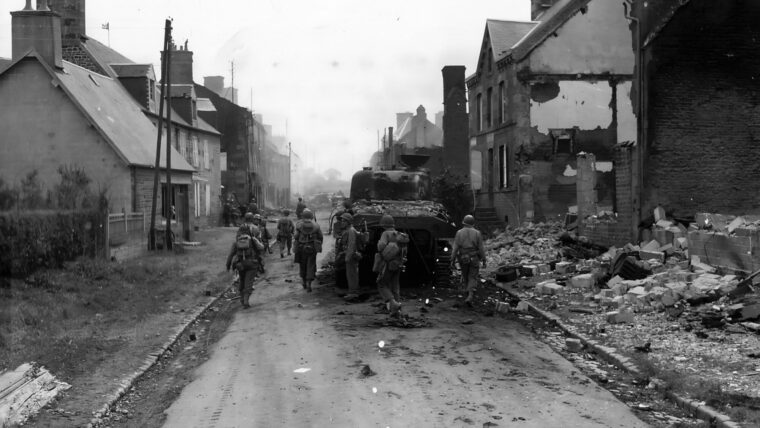
European Theater
In October 1813, the combined allied armies of Russia, Austria, Prussia, Sweden, Saxony, and Württemberg met and defeated the French Grand Armee under Napoleon Bonaparte at the German city of Leipzig, forcing him to retreat and hastening his eventual abdication and exile to the island of Elba. Read more
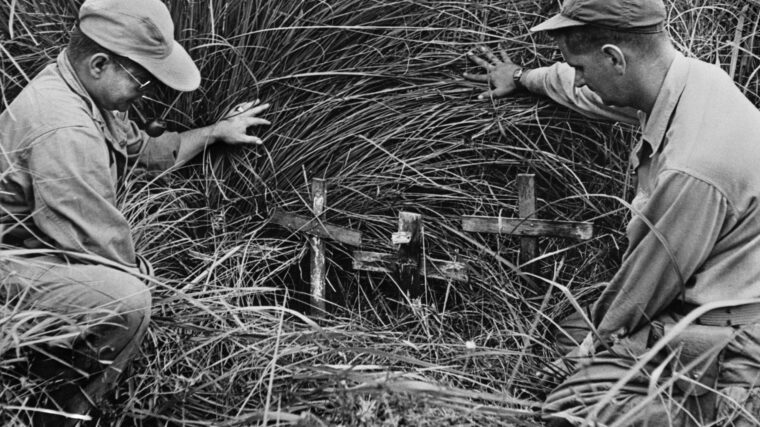
European Theater
The very nature of war means that some participants will be killed and others will be wounded, and some estimate the deaths in WWII to be around 85 million. Read more
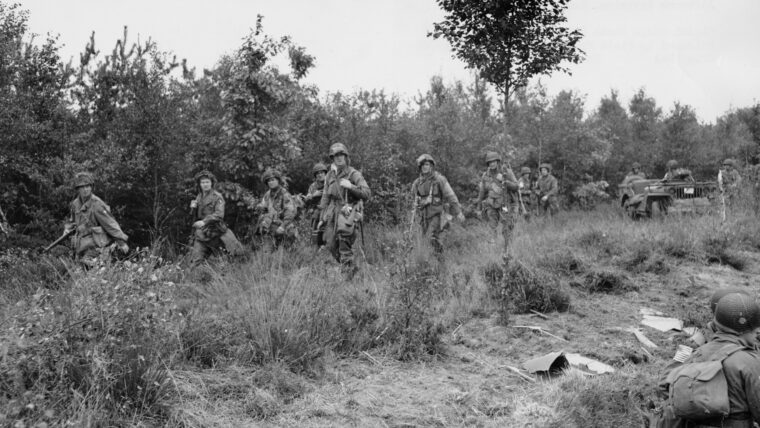
European Theater
On the veranda of his temporary headquarters in a Dutch country house outside Veghel, Holland, renowned Luftwaffe General Kurt Student played lunch host to an old comrade, the chief of staff of the German Seventh Army. Read more
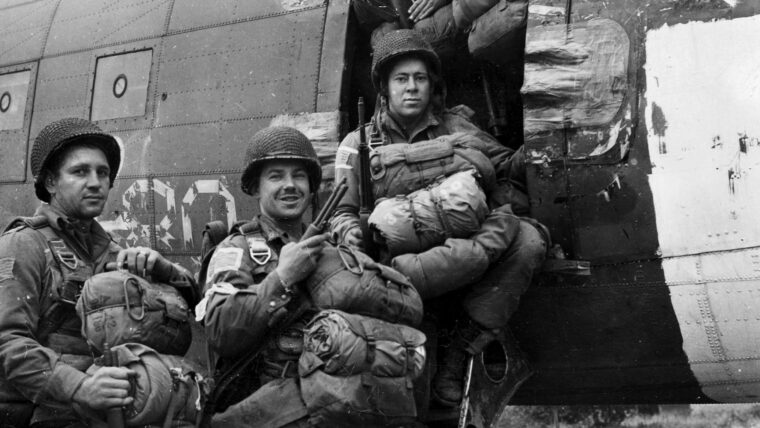
European Theater
It was a beautiful September day over Holland. Gradually, a faint rumble began to grow, and the sunny sky was darkened. Read more
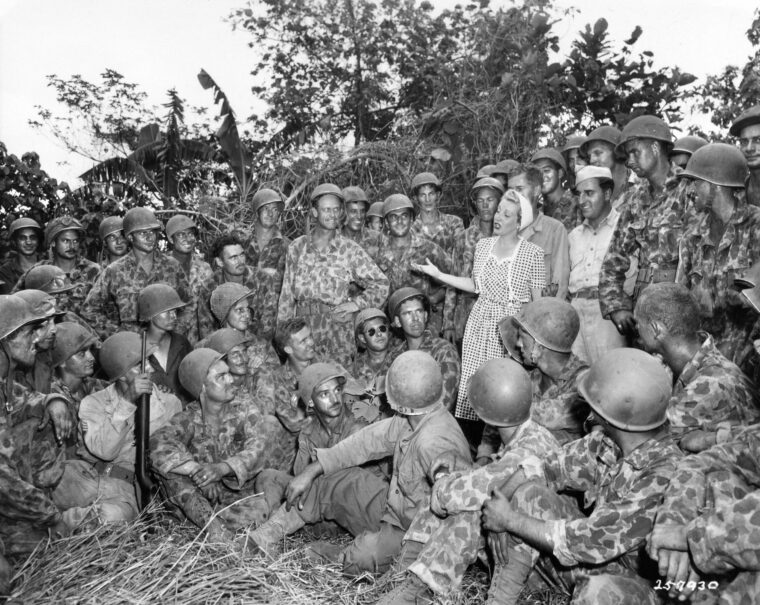
European Theater
Almost every American veteran has fond memories of a Track-Side Free Canteen, or a USO center at some train station or airport situated at locations around the world, or a “USO Camp Show” that provided entertainment close to the front lines, during every conflict since World War II. Read more
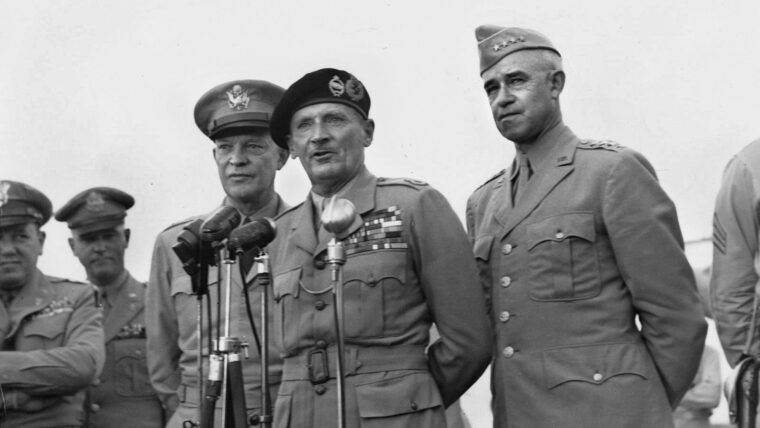
European Theater
With the exceptions of the Normandy invasion and the Battle of the Bulge, few other World War II battles in the European Theater have received more historical scrutiny than the Battle of the Falaise Gap. Read more
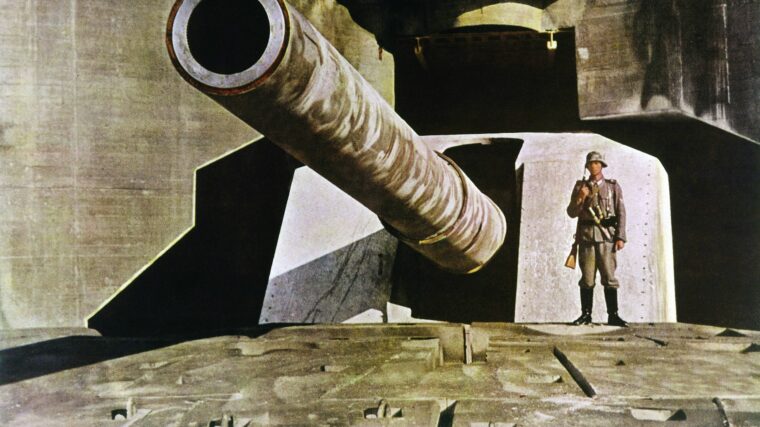
European Theater
The popular image of Hitler’s Atlantic Wall (Atlantikwall) is one of massive bunkers and huge artillery pieces recessed in concrete casemates stretching the length of the Reich’s coastline. Read more
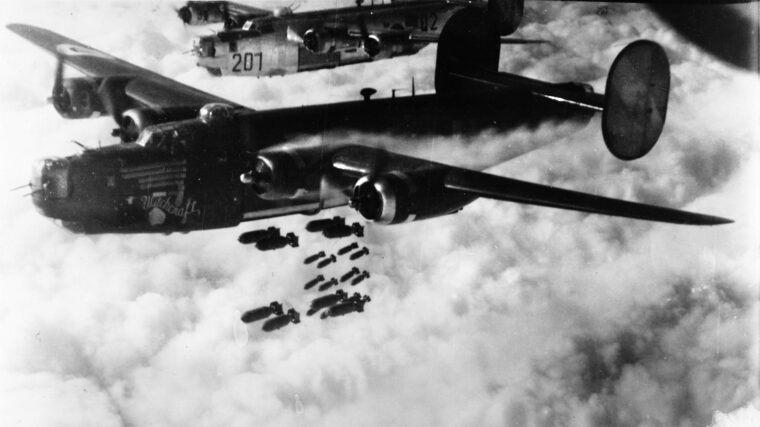
European Theater
Ask a member of the 467th Bombardment Group whom they hated most and the answer won’t be Göring or Hitler. Read more
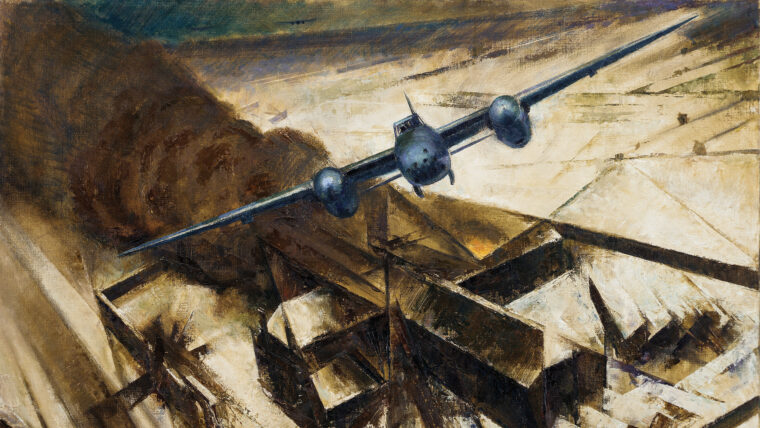
European Theater
Of the many highly successful fighter planes and bombers in the Allied arsenal during World War II, none was more versatile or singular than the Royal Air Force’s de Havilland Mosquito. Read more
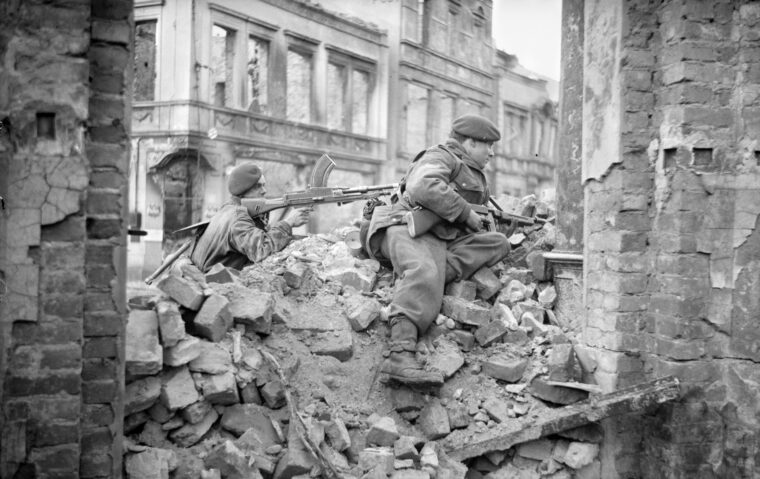
European Theater
“It is very difficult to be an openly declared, courageous Nazi today, and to express one’s faith freely,” read the editorial in the Völkischer Beobachter newspaper, which further added, “We have no illusions now.” Read more
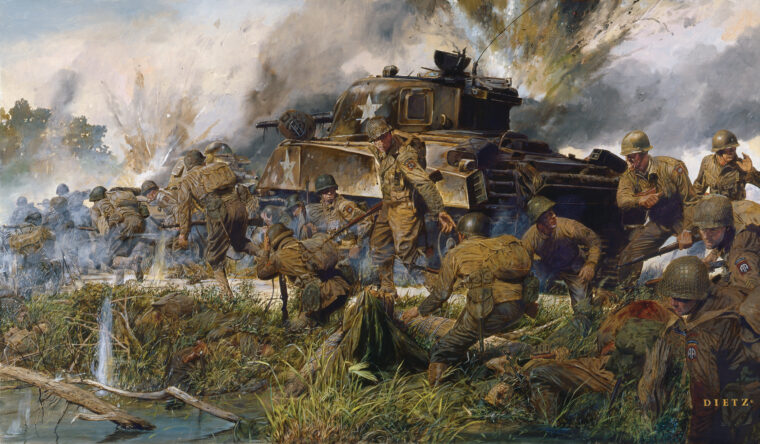
European Theater
The night of June 5, 1944, and the morning of June 6 were without a doubt some of the most pivotal hours in the history of the 20th century. Read more
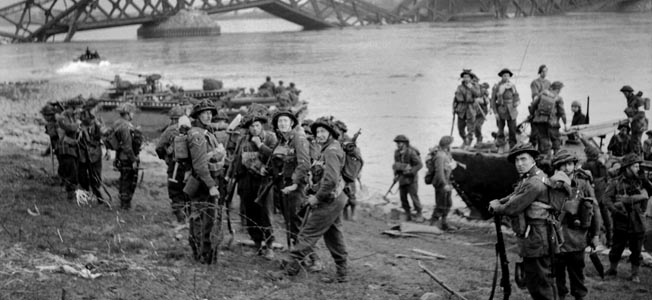
European Theater
The Commando role was born of the decision to mount vigorous raiding operations against occupied Europe as British forces were withdrawing from France in 1940. Read more
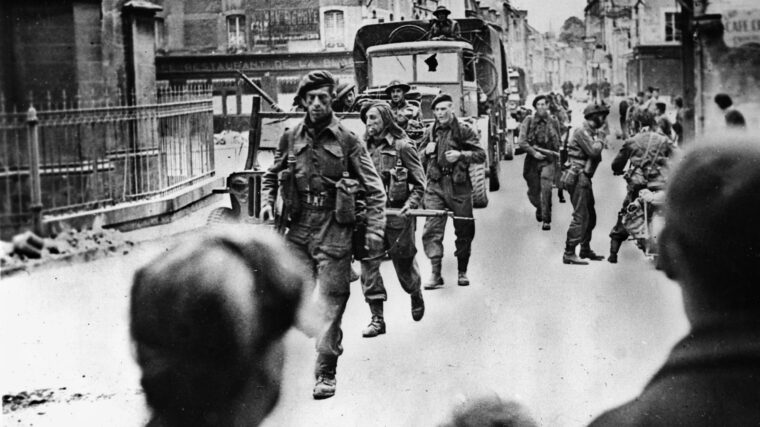
European Theater
“The big day came and we moved off to our positions. Shortly a huge bombing raid commenced on the town of Wesel, followed by an artillery barrage which virtually shook the very ground under us. Read more
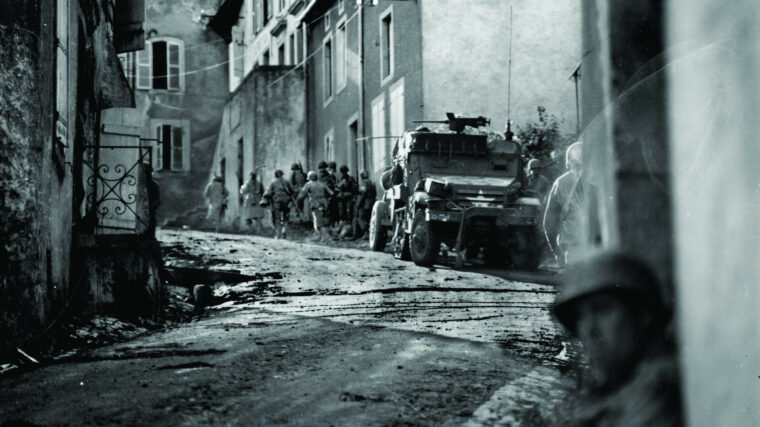
European Theater
By mid-September 1944, the U.S. Third Army was poised to strike at the soft underbelly of Adolf Hitler’s Third Reich along a fabled corridor in northeastern France used for centuries by armies tramping across Europe. Read more

European Theater
The American Infantry’s illustrious history, which is older than that of the country, comes alive in an impressive, $100,000,000, 190,000-square-foot museum located just outside Fort Benning, Georgia. Read more
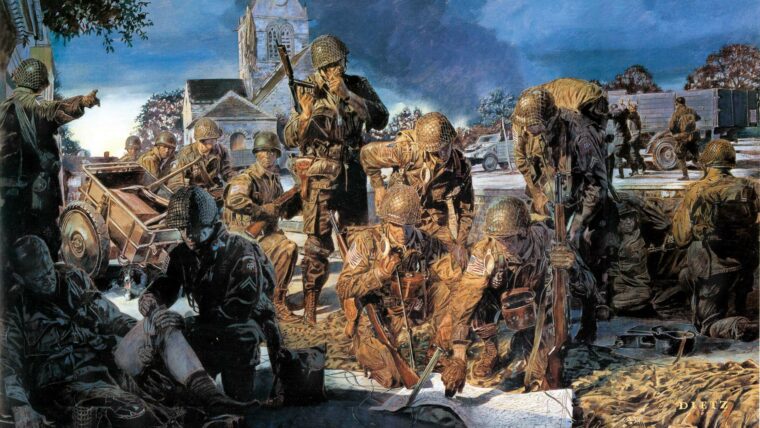
European Theater
The night of June 5, 1944, was pretty much like every other night in Sainte-Mère-Église since the Germans had occupied Normandy and the Cotentin Peninsula in the summer of 1940: dark, quiet, chilly, and mostly boring. Read more
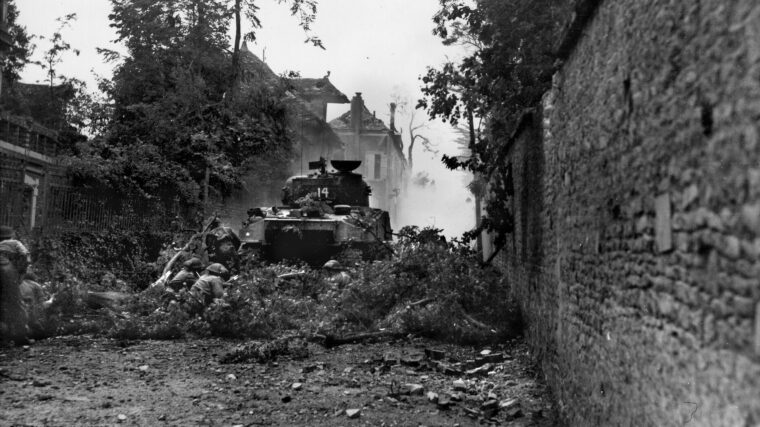
European Theater
On June 7, 1944, D+1, two volunteer Canadian 3rd Division, 9th Infantry Brigade regiments, the North Nova Scotia Highlanders (the North Novas) and the 27th Canadian Armoured Regiment (the Sherbrooke Fusiliers)—together with volunteer units from the Camerons of Ottawa and Forward Observers from the 14th Field Regiment—fought an important but now generally forgotten battle in Normandy. Read more